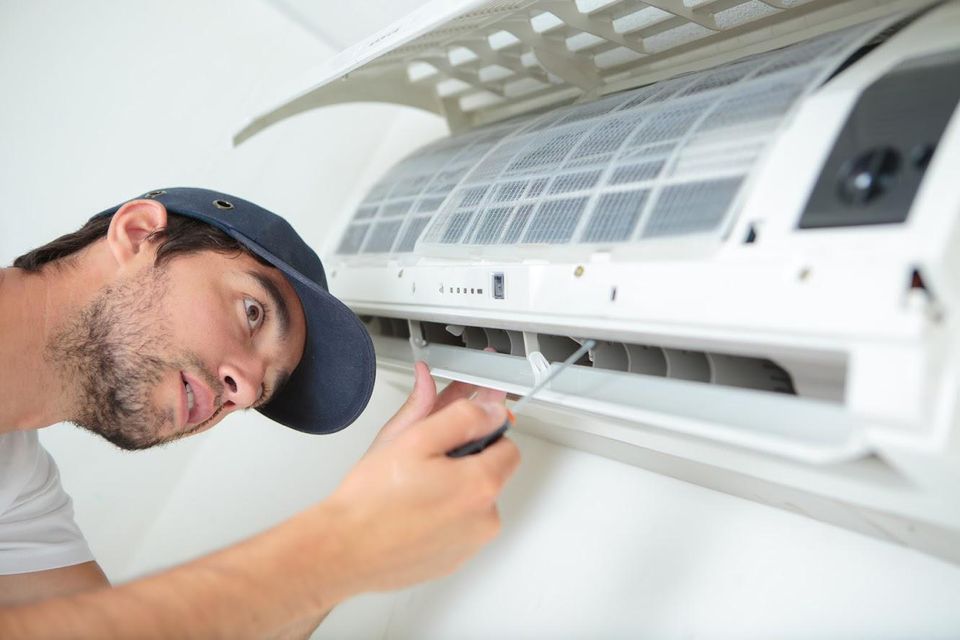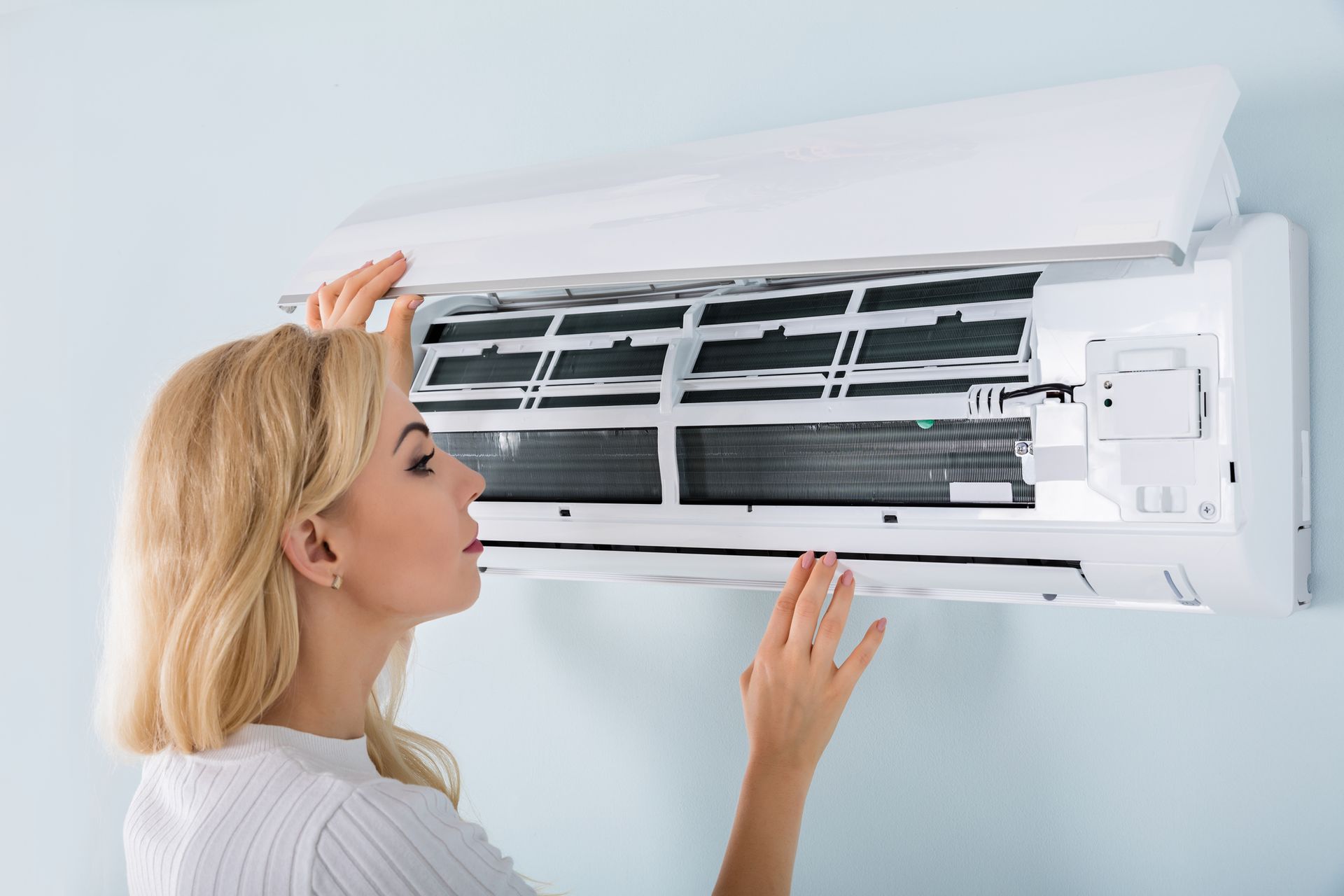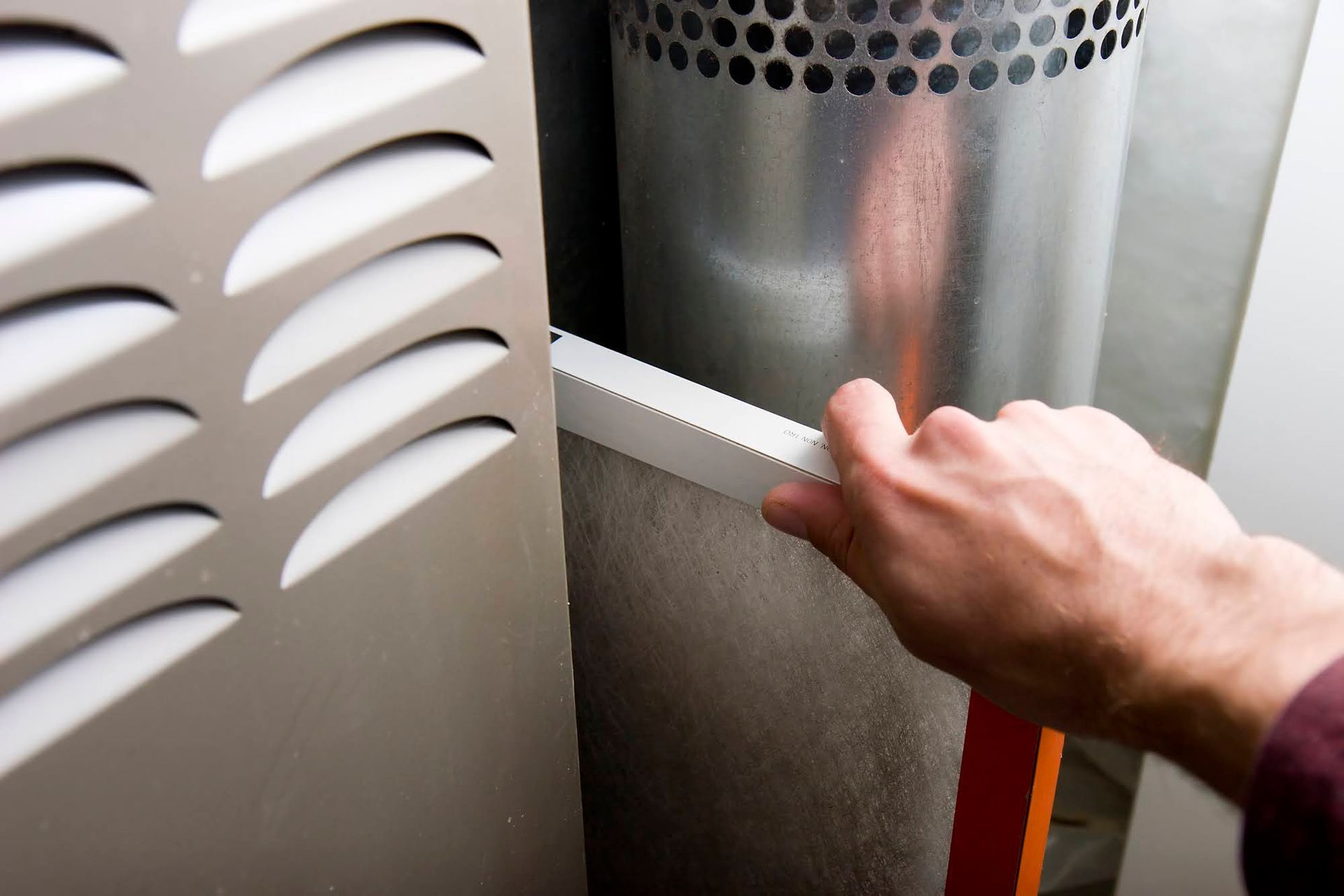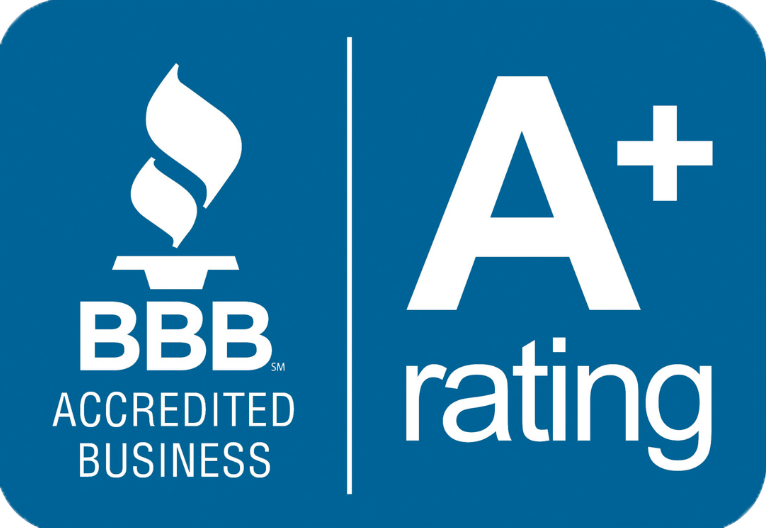What Do Professionals Do During an AC Tune-Up?
Your air conditioner needs a tune-up done at least once per year if it’s going to work properly. Many professionals recommend doing it in the spring to ensure your unit is ready to go in summer.
If you have never had an AC tune-up — also called a maintenance inspection or service — performed, you may wonder what it consists of. Here is what a professional does when conducting an AC tune-up.
Check Your Thermostat and Settings
When a heating and cooling professional performs an AC tune-up, they will check your thermostat. If your thermostat is not working properly, or if your settings are not correct, your air conditioner may not turn on to cool your home. A professional will ensure your unit is functional and correctly set so your AC will cool your home to your desired settings.
Inspect Your Air Conditioning Unit
The next step in conducting an AC tune-up is inspecting your air conditioning unit. The heating and cooling professional will remove the front panel from your air conditioner. This allows them to look inside of the unit and thoroughly inspect all of the parts.
When they are conducting their inspection, they’ll look for signs of wear or damage. This may include hoses with holes or cracks, wires that are frayed or worn, and signs of rust, corrosion, or water damage in your unit. If they notice damage, they will recommend repairs to you in order to fix the damage.
Clean Your Evaporator and Condenser Coils
After inspecting the inside of your air conditioning unit, a professional will clean your evaporator coils and your condenser coils. This process is important for two reasons.
The evaporator and condenser coils fill with coolant when your air conditioning unit is turned on. This coolant — commonly called freon or refrigerant — is ultimately what cools the air that is pulled in through your air conditioning unit. If the coils are dirty, air may not cool or may not cool efficiently.
Having your evaporator and condenser coils cleaned helps to cool the air coming into your unit while also reducing the energy usage of your air conditioning unit.
Check the Coolant Levels
A professional will also check the coolant levels in your air conditioning unit when performing an AC tune-up. If your coolant levels are low, your unit will have trouble cooling air. If the coolant runs out, your unit will blow hot air into your home.
Checking the coolant levels ensures your unit has enough coolant to help you make it through the summer. If the levels are low, a professional will recommend you have the coolant topped off prior to summer.
Inspect the Condensate Drain Line
The final step to an AC tune-up is an inspection of the condensate drain line. As your unit cools air, a small amount of condensation forms. This is caused by hot air coming into contact with cold coolant. Air conditioning units have a condensation drain pan with a condensate drain line. The line carries water out of the unit.
If the drain line is clogged or damaged, it cannot carry water out of the unit. Most units have sensors that cause the unit to shut off if water cannot be drained from it. As such, it is important that it be inspected to ensure the line is functional.
Before you know it, summer weather will be here, and you will be turning on your air conditioner. Now is the perfect time to schedule an AC tune-up, ensuring your unit will be ready to go when that day comes.
If you are in the greater Ogden or Salt Lake City, Utah area, Comfort Solutions can help you with all of your heating and cooling needs. Call us now to schedule your appointment to have your air conditioner inspected and ready for summer.











